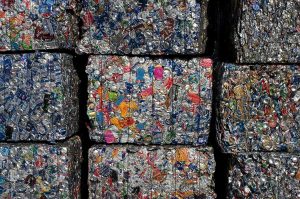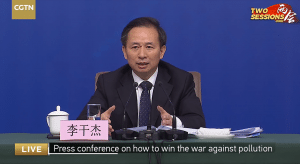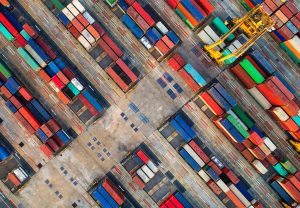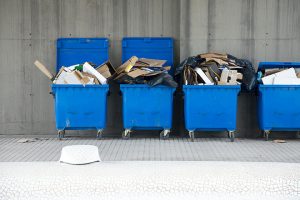 After wounding U.S. exports of scrap paper and plastics, China is now preparing to cripple recovered aluminum shipments. This time, the justification isn’t environmental protection but tariff retaliation.
After wounding U.S. exports of scrap paper and plastics, China is now preparing to cripple recovered aluminum shipments. This time, the justification isn’t environmental protection but tariff retaliation.

 After wounding U.S. exports of scrap paper and plastics, China is now preparing to cripple recovered aluminum shipments. This time, the justification isn’t environmental protection but tariff retaliation.
After wounding U.S. exports of scrap paper and plastics, China is now preparing to cripple recovered aluminum shipments. This time, the justification isn’t environmental protection but tariff retaliation.

Li Ganjie, China’s minister of environmental protection
China’s top environmental official has quantified the reduction in scrap materials flowing into the country as a result of recent restrictions. He also spoke publicly about the market fallout and the criticism China has received for enacting its reforms.

Last year presented an upheaval in the global recovered plastics market, and the impacts continue to roll in. Three experts recently shared their thoughts on the specific causes of the volatility.

Officials in China have announced an enforcement campaign to implement the country’s new import restrictions.
 Casella Waste Systems ended a good year on a bad note. China’s import restrictions dented recycling revenues for the Northeast company last fall.
Casella Waste Systems ended a good year on a bad note. China’s import restrictions dented recycling revenues for the Northeast company last fall.

For North America’s largest garbage and recycling companies, 2017 overall was a good year in recycling. That being said, the fourth quarter was a bad one for the industry.

Clarissa Morawski
It’s no secret that China is a leader in international world trade. For years, the country has been a major importer of many types of foreign goods, including timber, dairy products, and petrochemicals. China is also the world’s largest importer of waste. Last year, Chinese manufacturers and recyclers imported 7.3 million metric tons of waste plastics (valued at $3.7 billion), accounting for 56 percent of world imports in that category. It also took in more than half of the world’s exports of waste paper.

Credit: MAGNIFIER/Shutterstock
Chinese authorities have issued the first five rounds of recyclable-material import permits for 2018. Compared with 2017, the country has allowed substantially less recycled plastic to enter the country and approved permits for far fewer companies across all material types.

Credit: Peter Gudella_Shutterstock
Amid market disruption from China’s import restrictions, Republic Services continued to realize recycling revenue gains last year.

Brent Bell, Waste Management
Leaders from Waste Management and two giant consumers of recovered fiber last week detailed the variety of ways their operations have been impacted by recent import shifts in Asia. They also laid out some ideas to help lift material quality.
